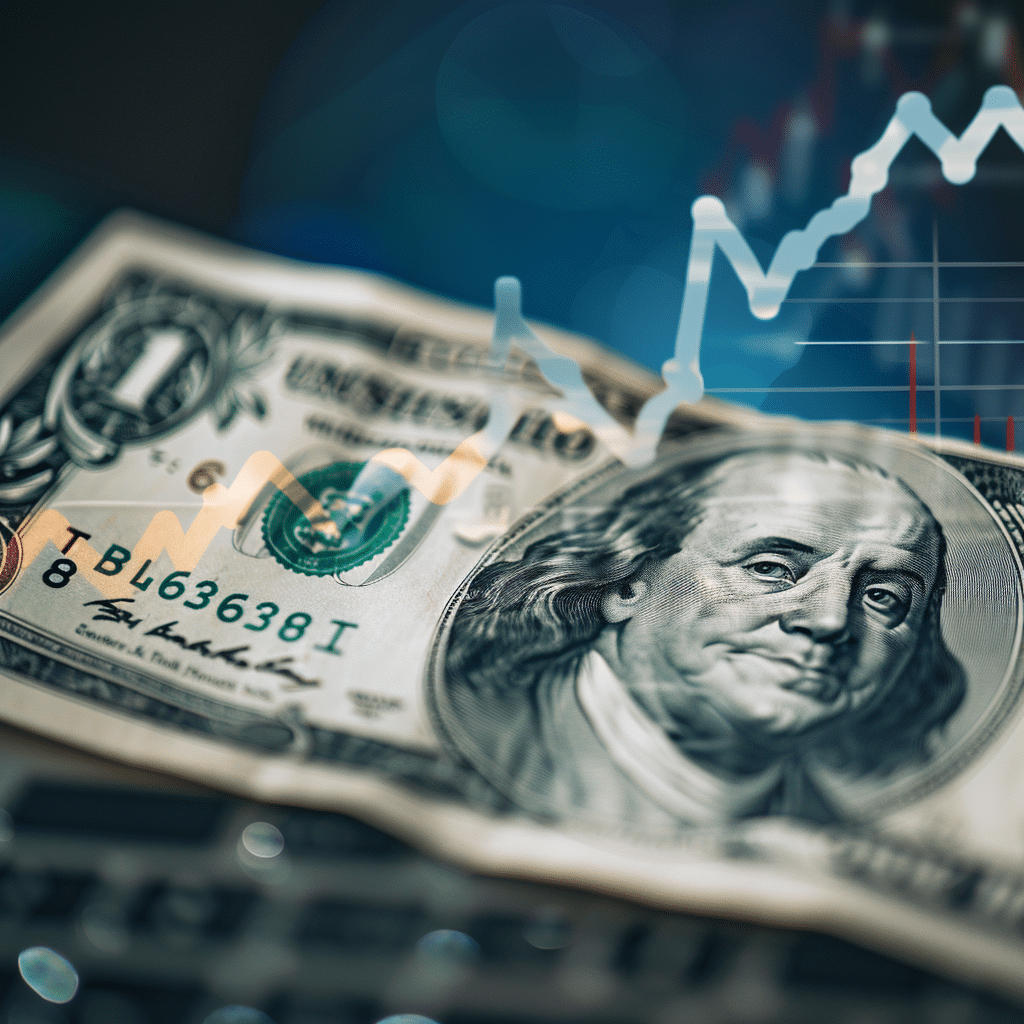Ethena Labs’ USDe “synthetic dollar” reached a market capitalization of $3.06 billion, having grown 33% from $2.3 billion over the past month, and is now the fourth largest stablecoin after USDT, USDC and DAI, per data from DefiLlama. Interestingly, USDe has now matched the entire market cap of all stablecoins on the Solana blockchain, just four months after its public launch in February.
Additionally, as noted by Ethena founder Guy Young on X, Ethena had $7 million in revenue last week, surpassing Solana’s $6.3 million revenue for the same period, according to Token Terminal.
Ethena’s 33% increase in the last month can be attributed to a very high yield. Currently, USDe yields 33.5%, which is significantly higher than its competitors. Circle’s USDC yields 6.6% on Aave V3, and Maker’s sDAI APR is at 8%. On Solana, USDC deposited in lending protocol Kamino is yielding 14%.
Read more: Ethereum ETF Hype Drives $100 Million Growth in Ethena’s USDe in Past Three Days
There’s also a points program in place that will link to the second part of Ethena’s airdrop when USDe hits a market capitalization of $5 billion, or September 1, whichever happens first. Users earn points by holding USDe, staking it, or depositing in various DeFi liquidity pools. Points programs in crypto are reward systems that incentivize users to engage in various activities within the ecosystem.
Ethena’s governance token ENA was up 13.5% in the last month and is trading at $0.95.
What Is USDe?
USDe is a ‘synthetic dollar’ created by Ethena Labs and aims to provide a censorship-resistant, stable, and scalable solution for the digital asset market. It also aims to generate yield from staking ETH and delta hedging derivatives positions.
Learn more: What Is Ethena’s USDe Synethic Dollar? A Beginner’s Guide
While some have compared USDe to Terras’ UST stablecoin, others argue Ethena’s model is different because the peg is maintained through completely distinct mechanics.
Read more about why people have some concerns about USDe: As Ethena’s USDe Quickly Reaches $2 Billion in Market Cap, Some Wonder If It’s as Risky as Terra’s UST



